This experiment was a small-scale test, and to truly evaluate AI first crack detection, a much larger study would be needed. More coffees, more roasts, and a wider variety of processing methods, moisture contents, densities, and size distributions would give a fuller picture. Believe it or not, even this simple experiment took multiple days of dedication—scaling it up would be a serious project.
That said, based on these results, the AI feature has its limits. It doesn’t seem to handle coffees with non-uniform moisture release well, like the Ethiopian natural in this test. But would all natural coffees behave the same way? I doubt it. I’ve had great success roasting high-end natural Geishas using AI FC detection, and they came out beautifully. Other times, though, they’ve been underdeveloped—but that was rare. And honestly, that’s what led me to do this experiment in the first place.
Would I consider the AI feature useful? 100%! It’s a powerful tool, but like any tool, it needs to be used with a bit of common sense and human judgment. IKAWA is pioneering something exciting here, and with further fine-tuning, this technology has the potential to redefine coffee roasting as we know it.
What’s Next?
But wait—there’s more! I ran the same experiment using profile replication instead of AI first crack detection. What do you think happened? Did it outperform AI? Did it struggle just as much with the Ethiopian natural? That’s a story for next time. 😉 Stay tuned
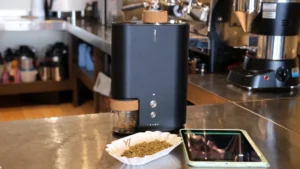

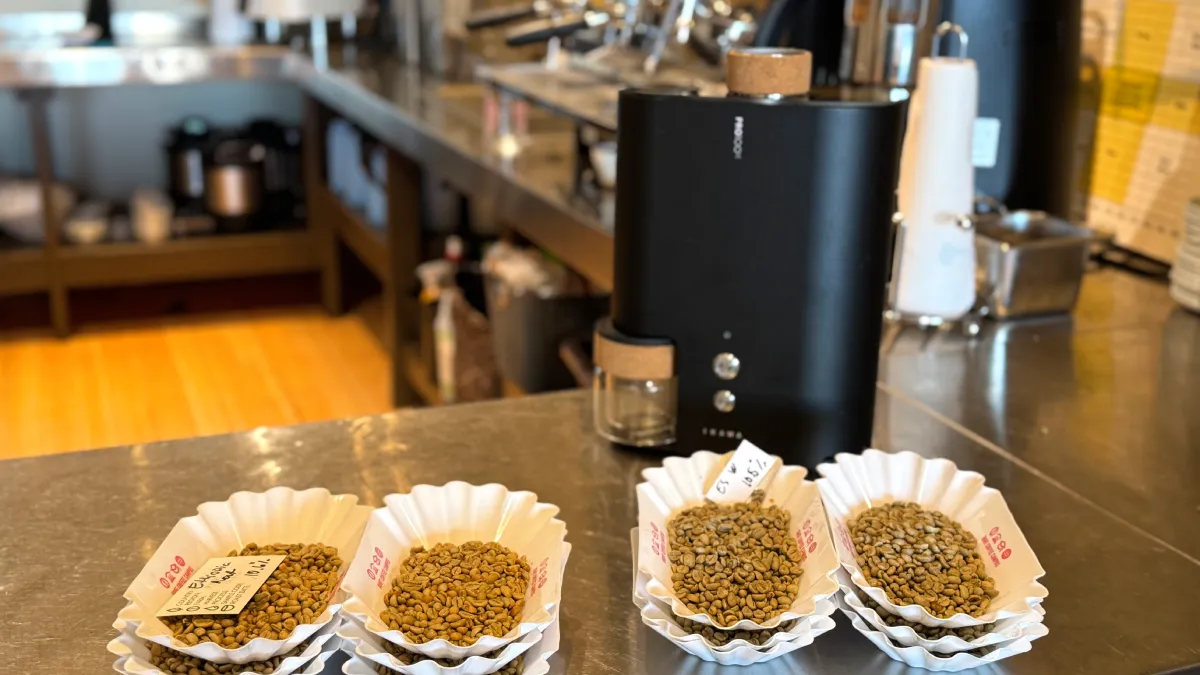
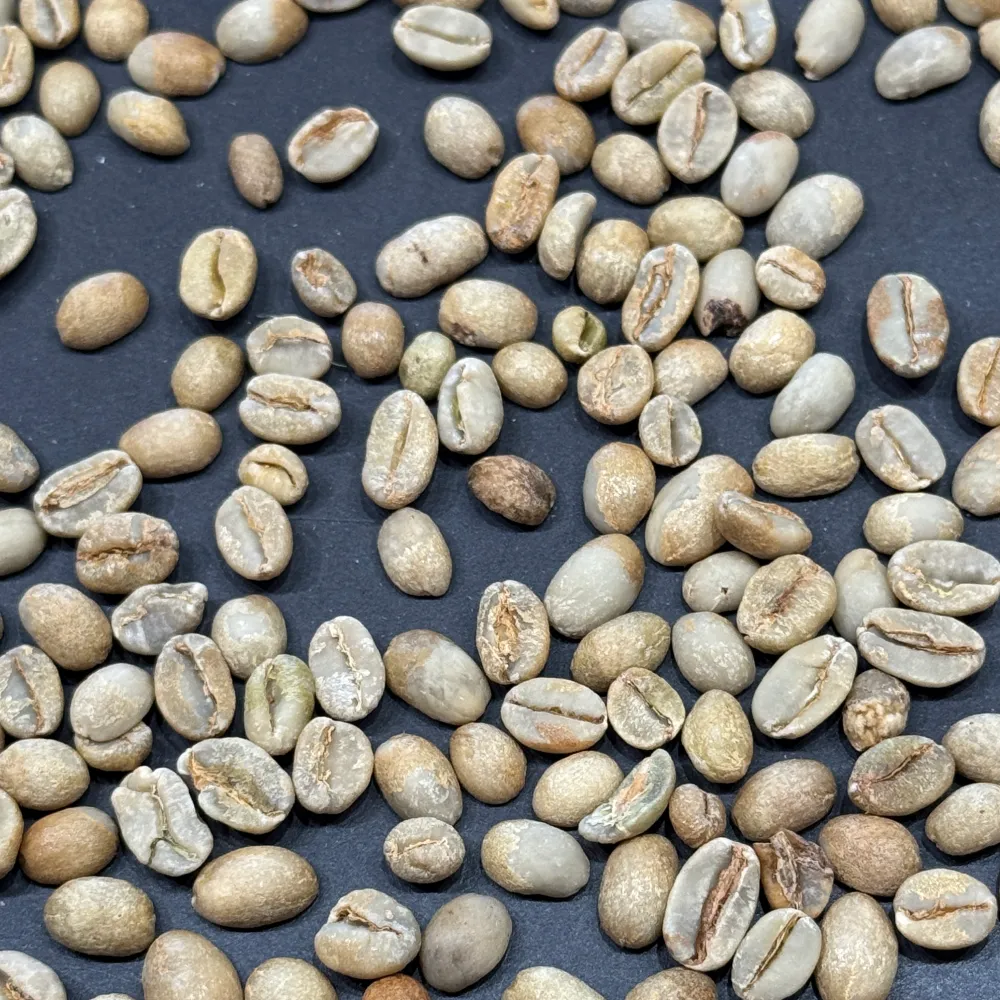
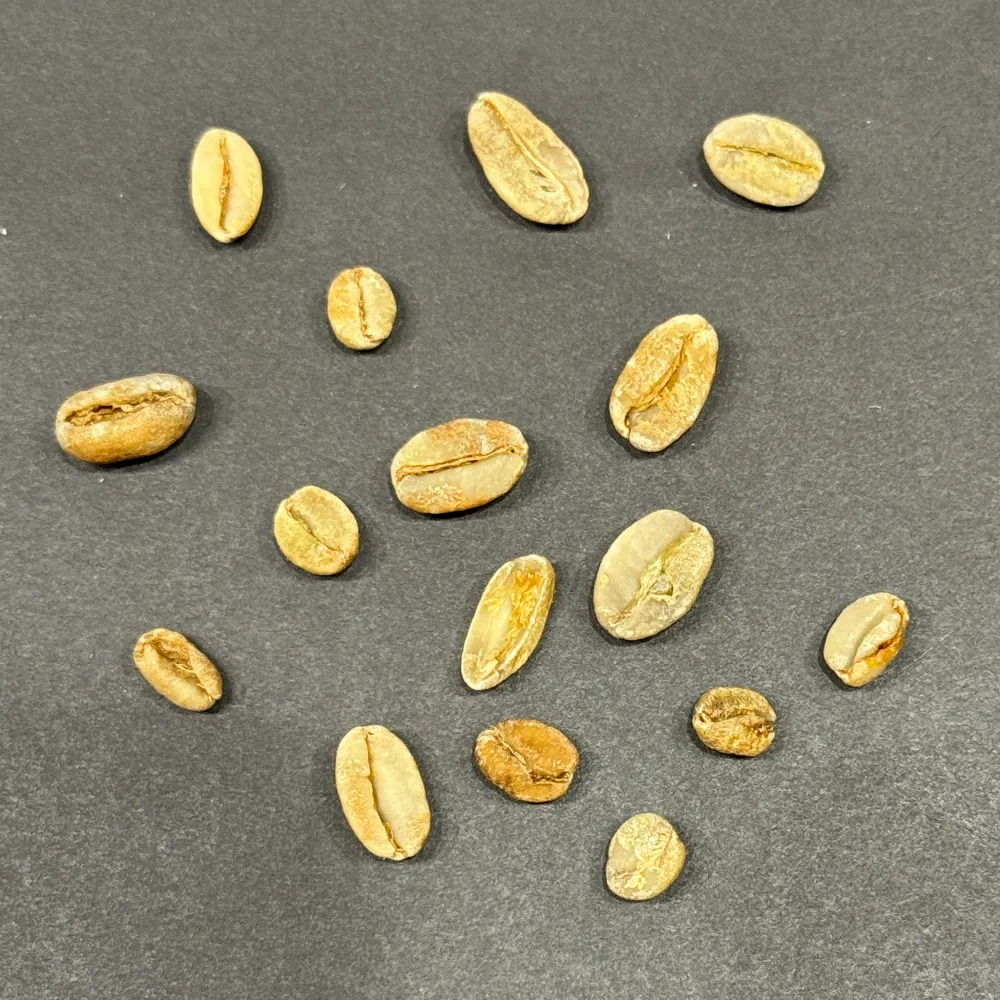
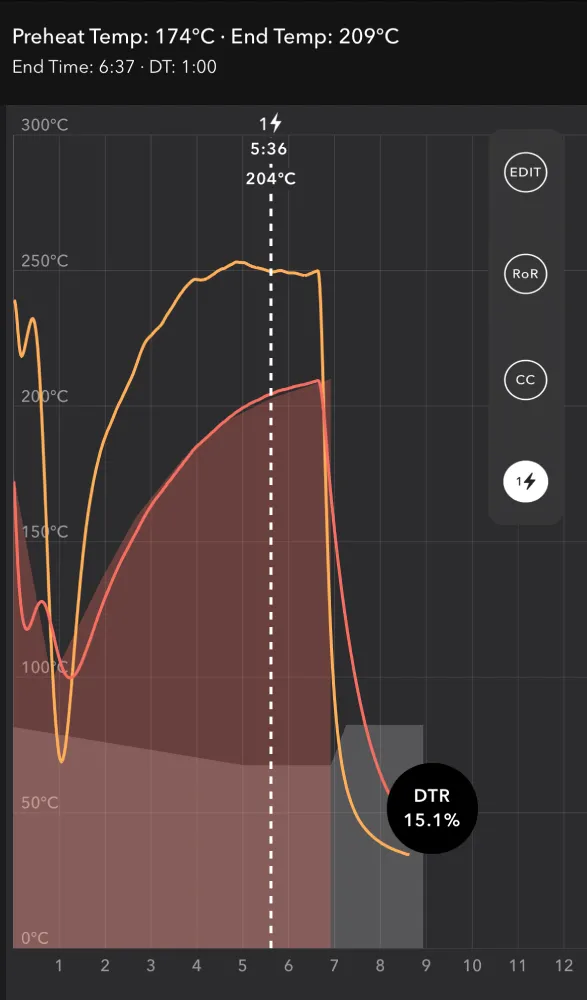
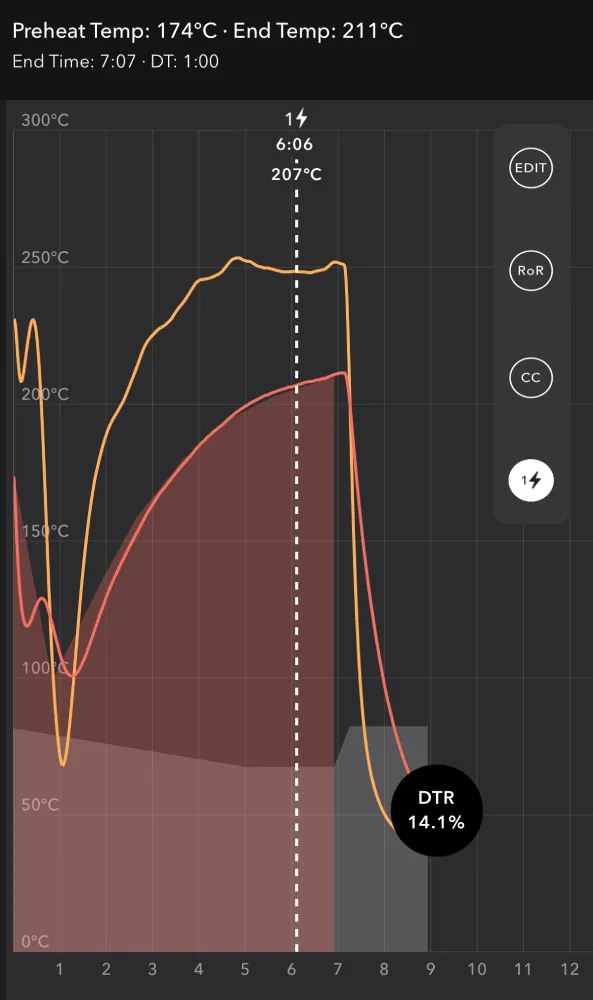
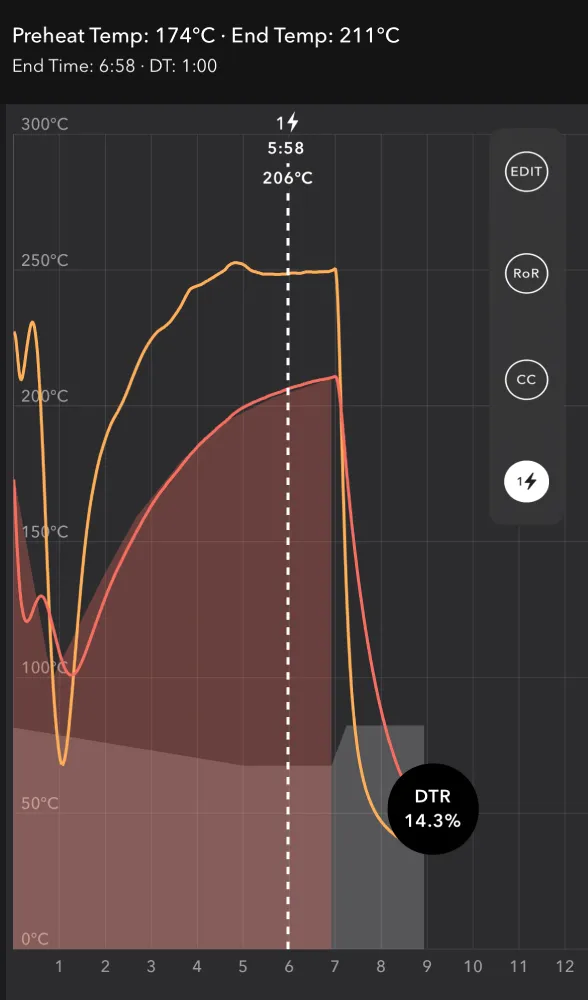
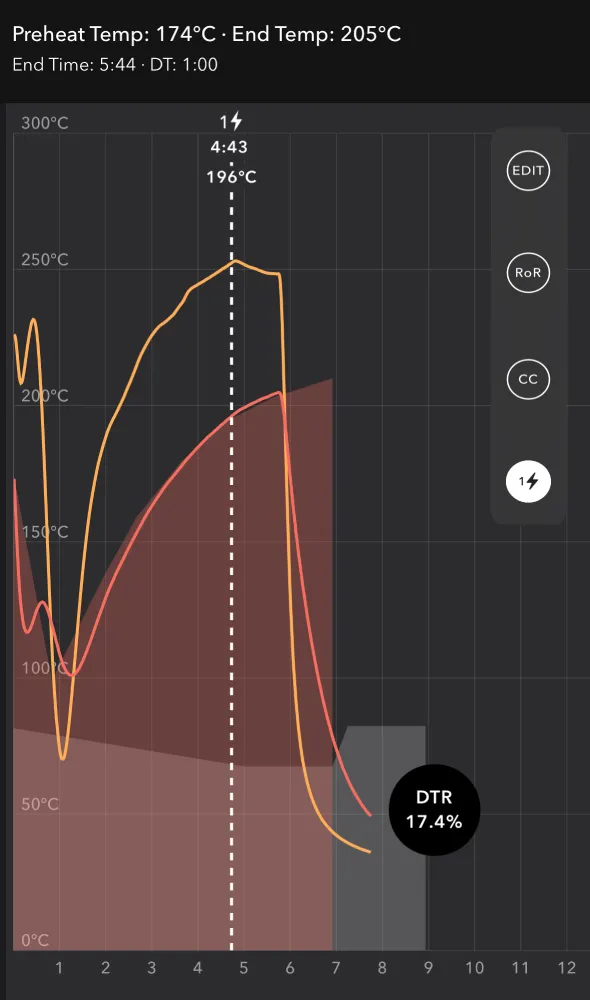
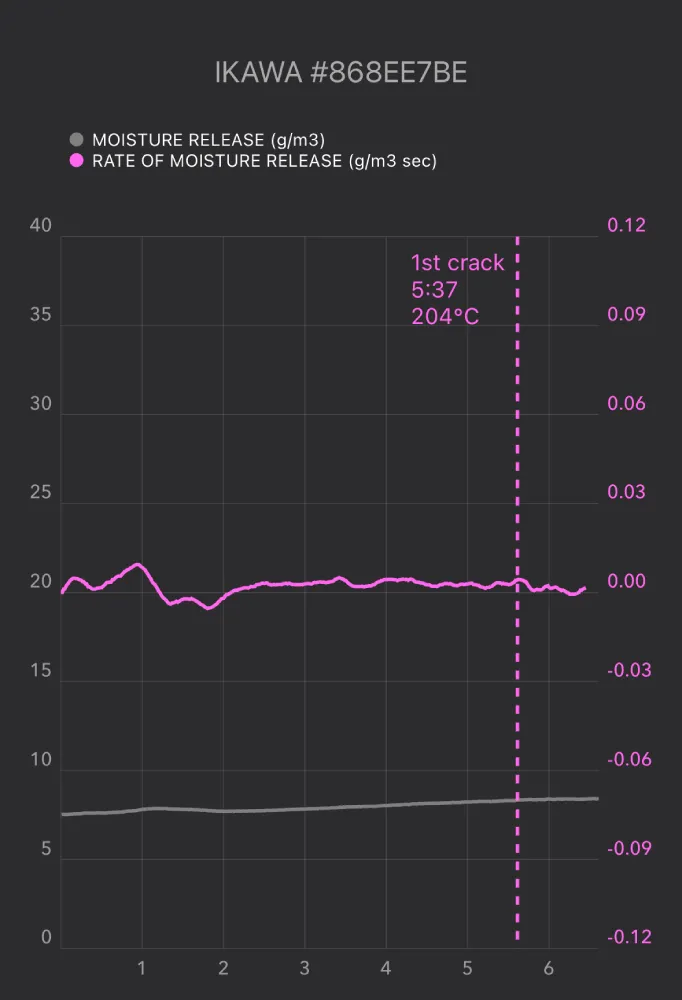
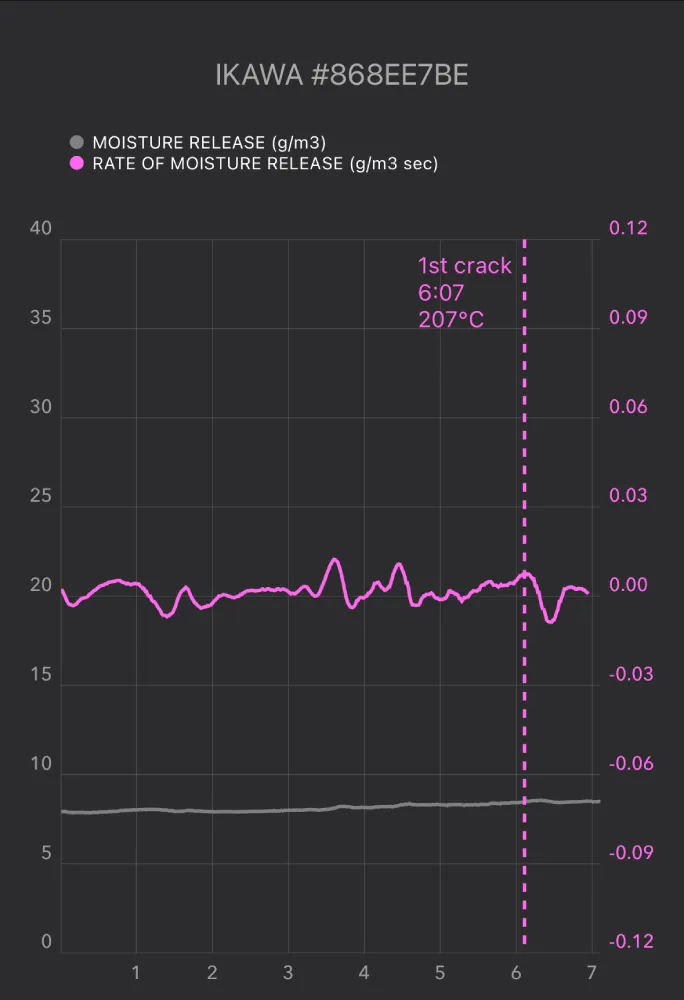
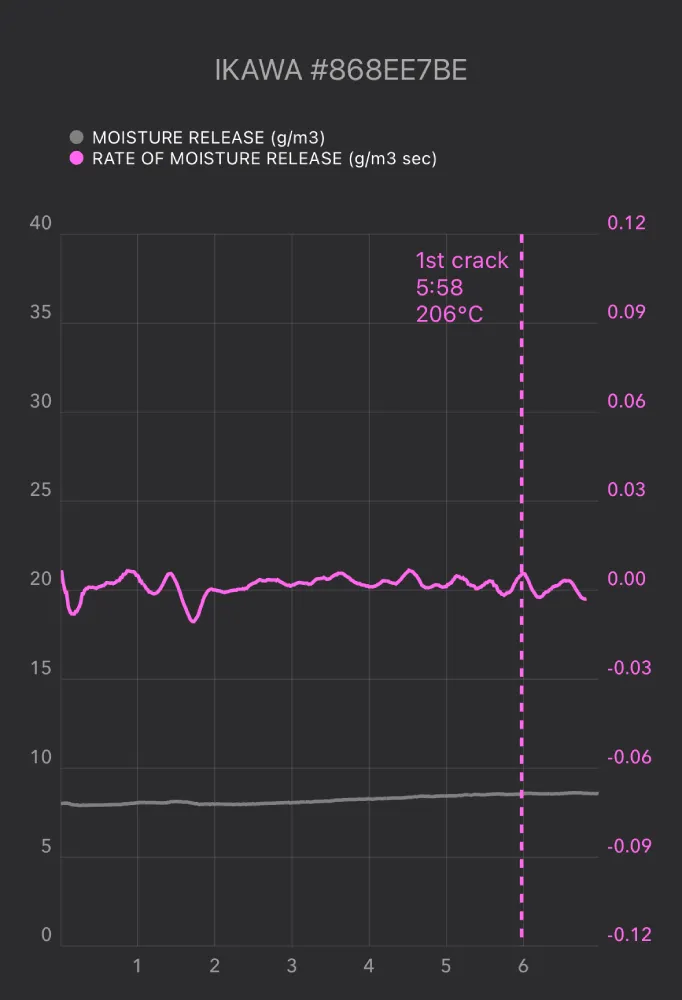
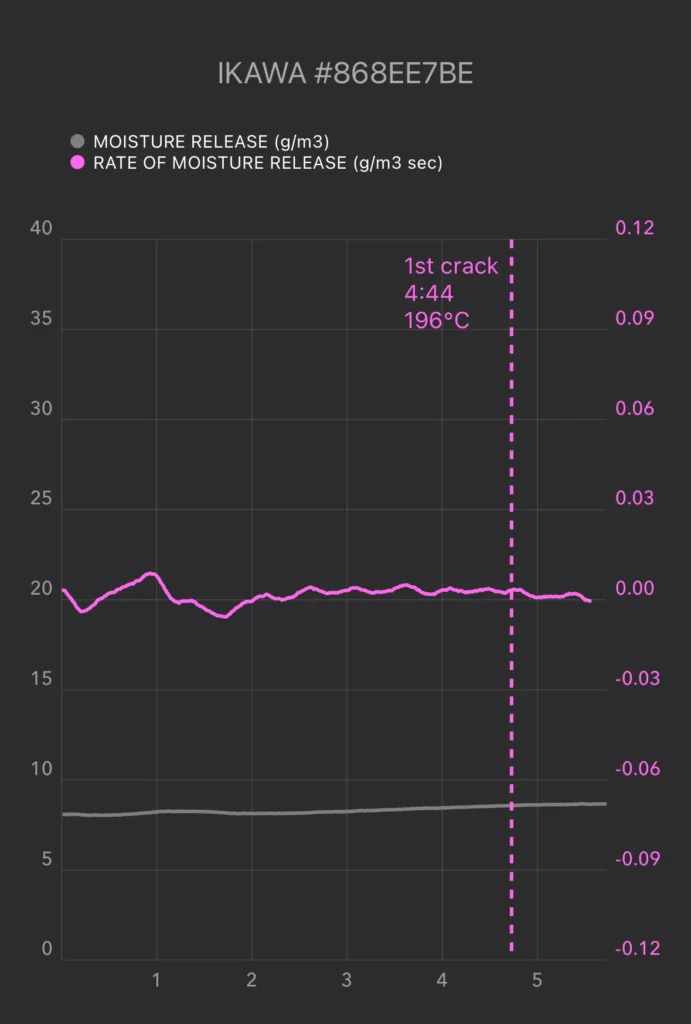
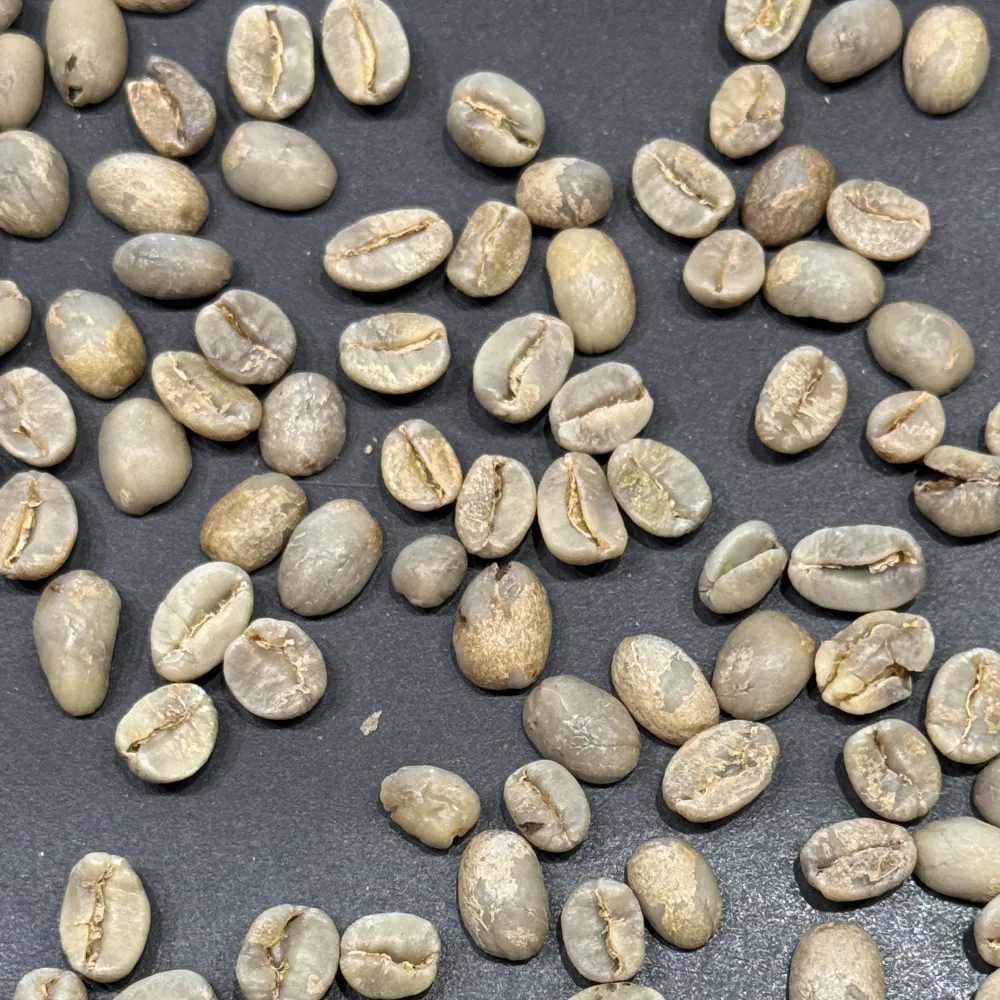
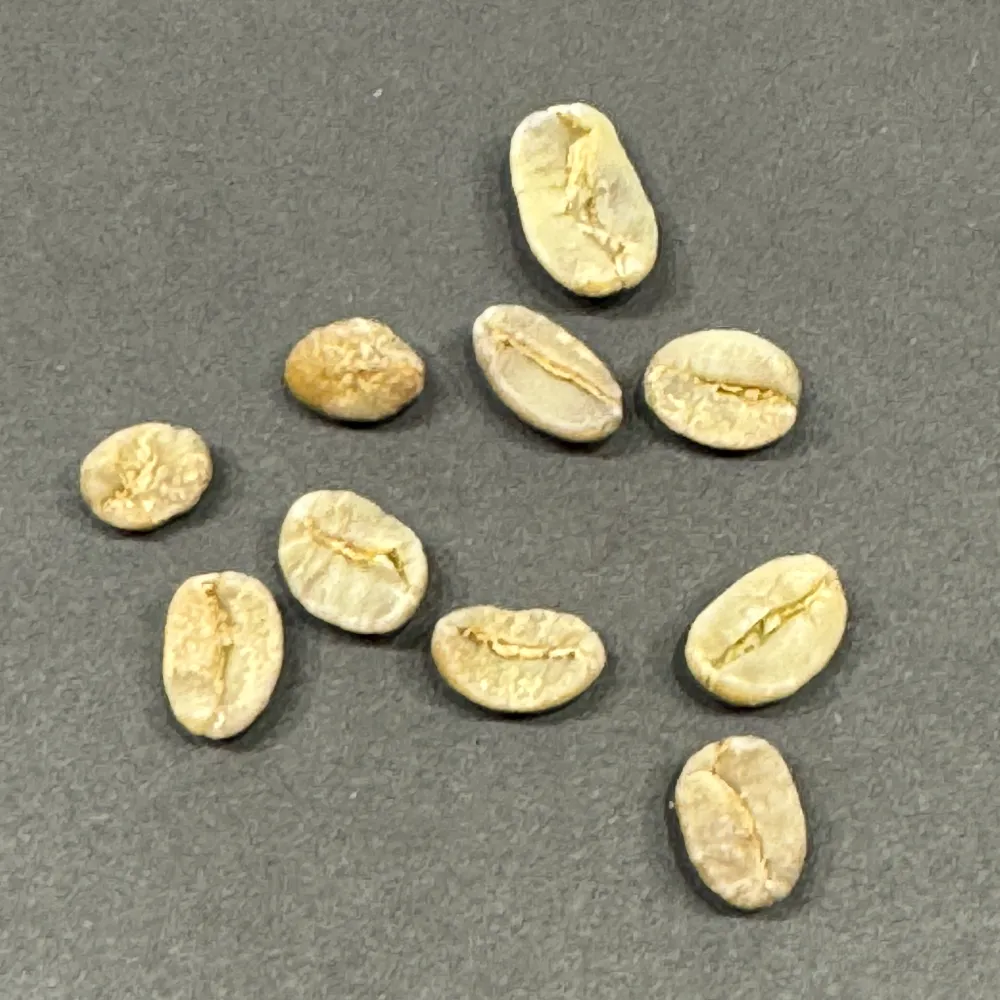
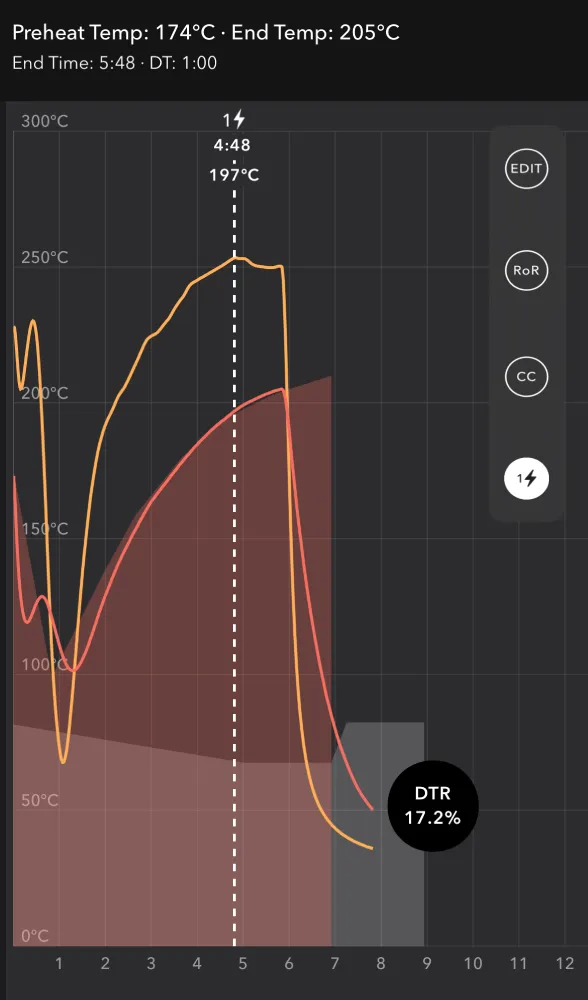
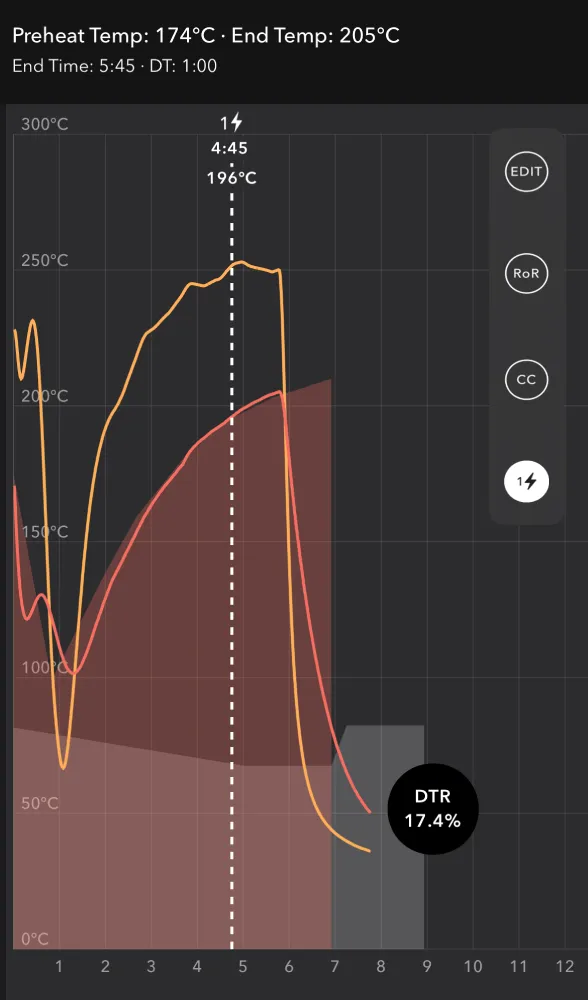
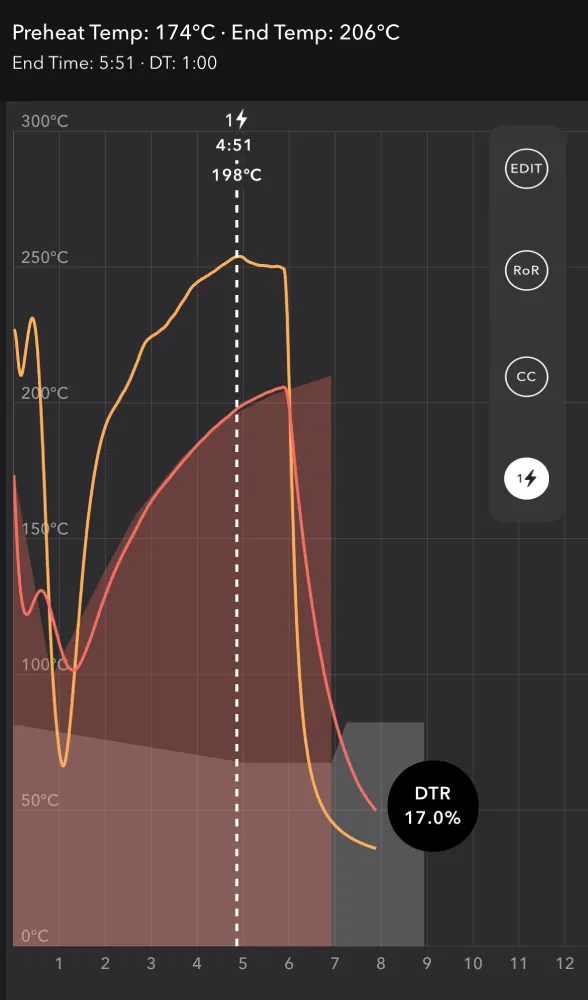
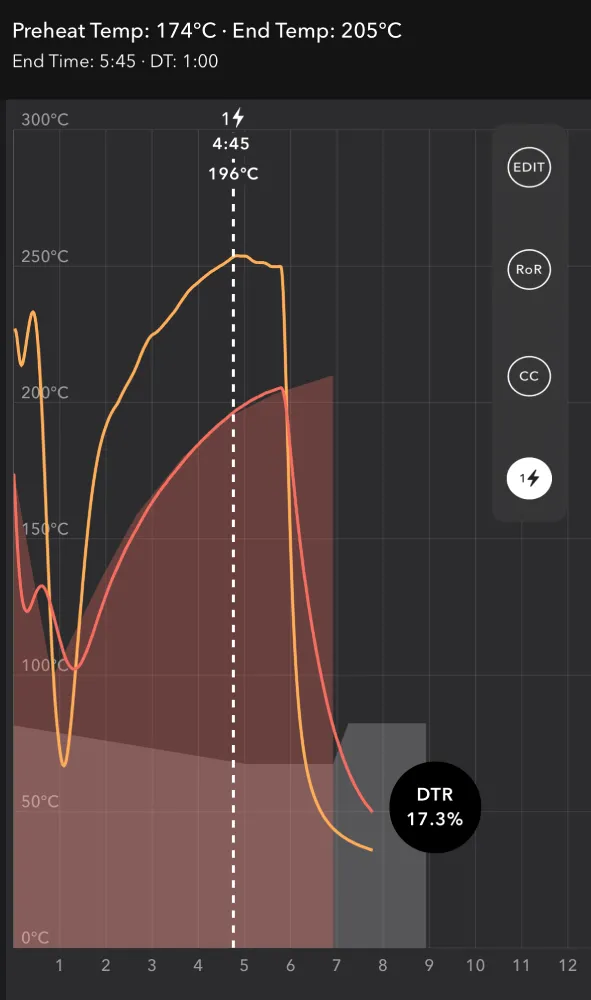
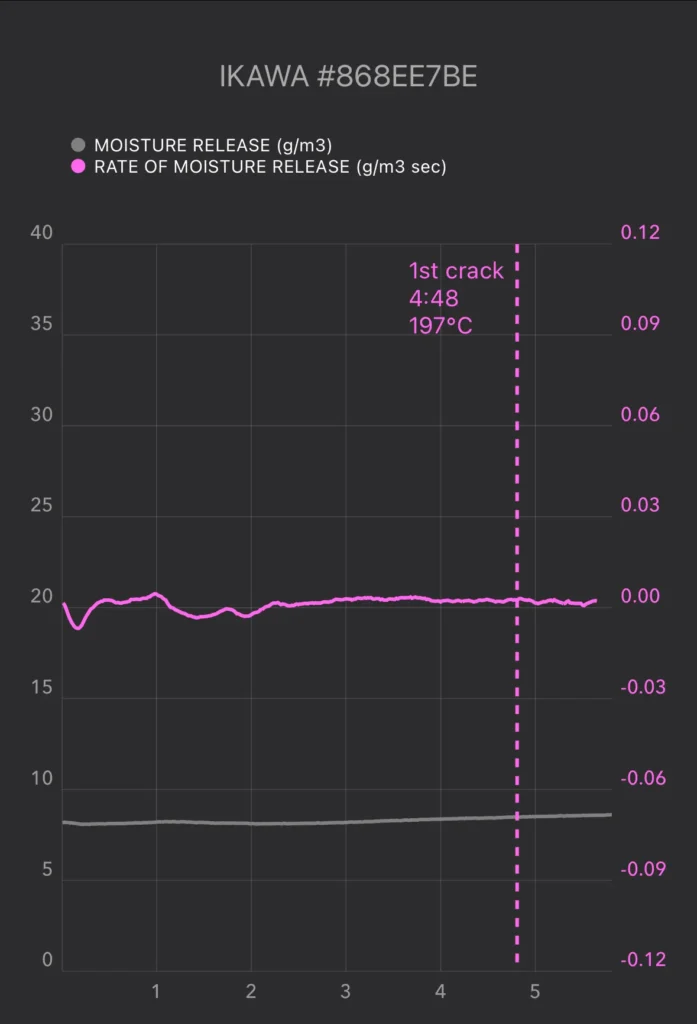
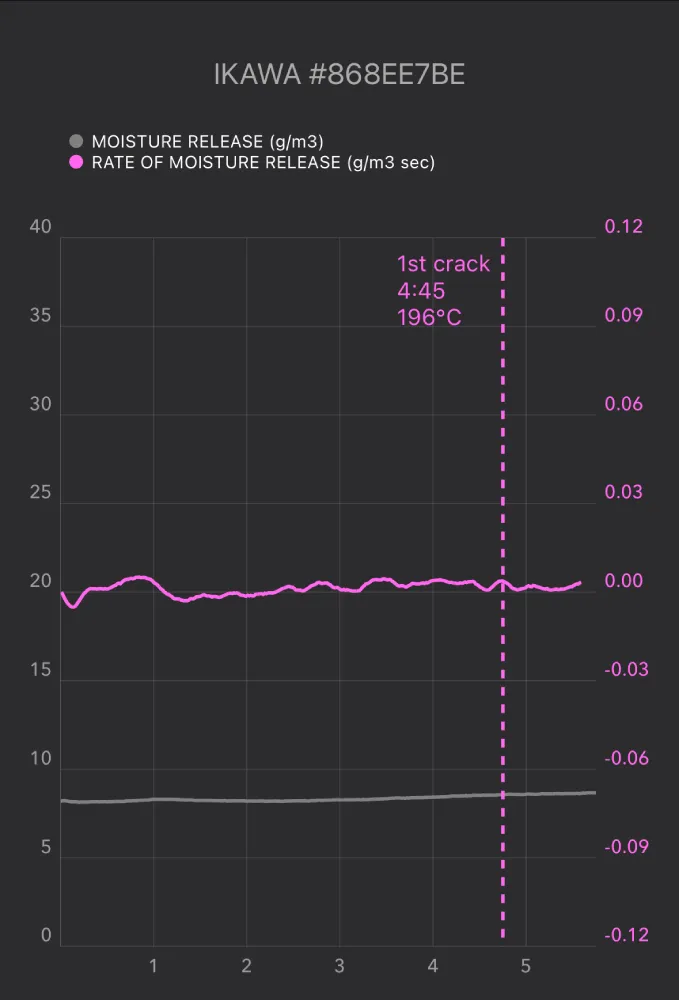
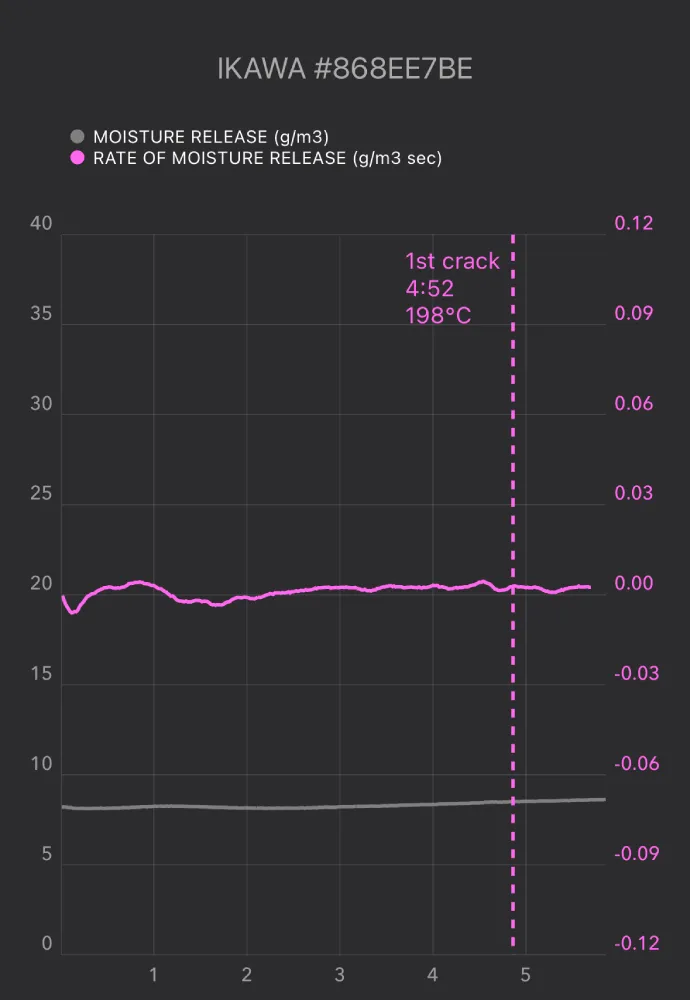
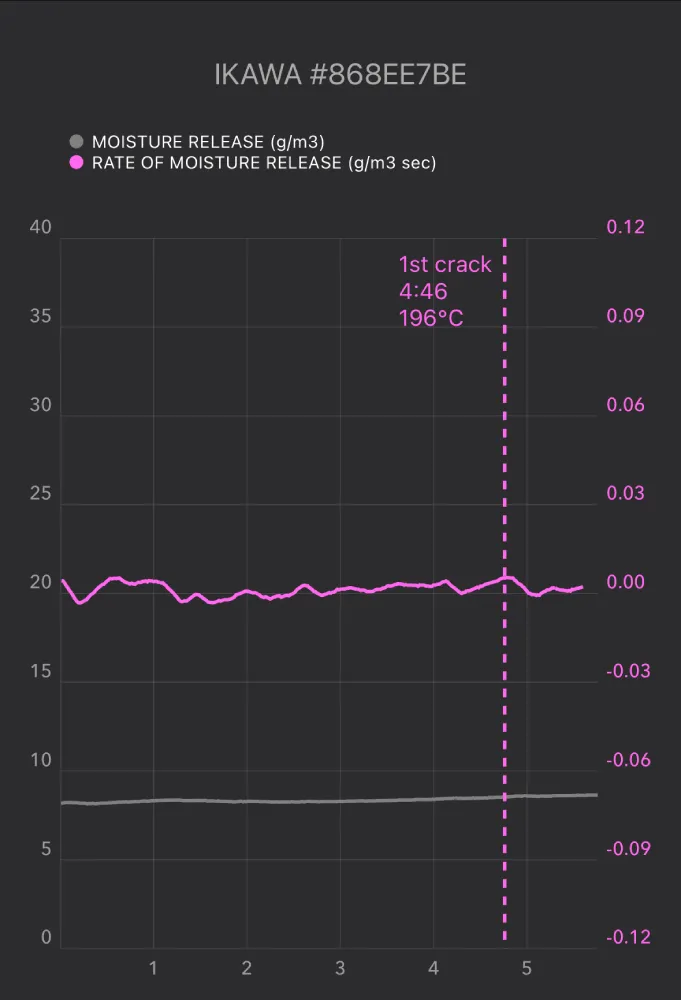
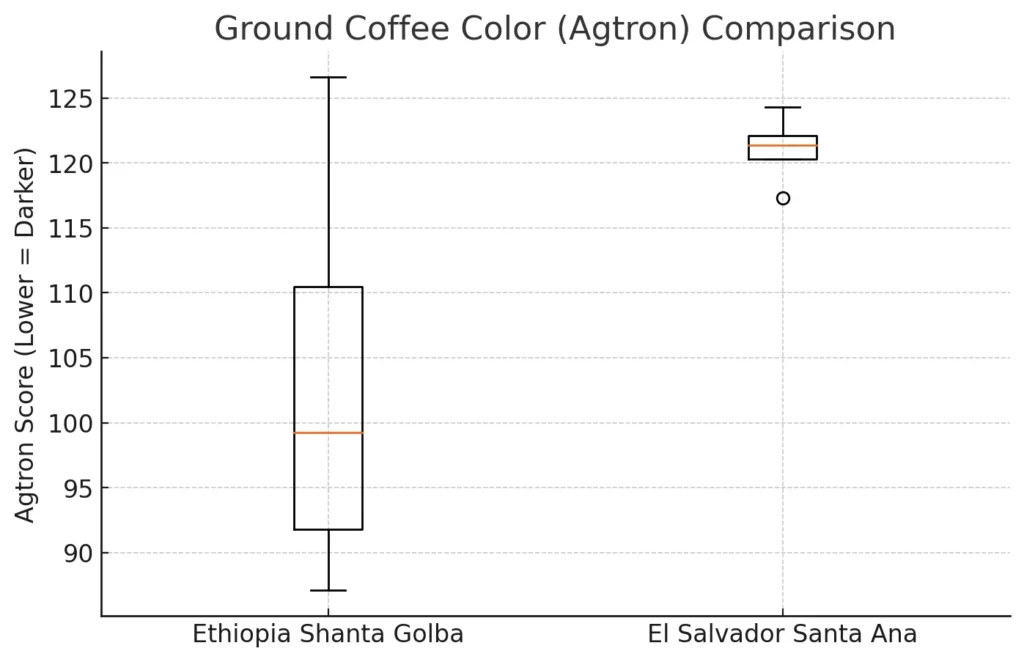



Thanks for running that experiment and writing this interesting post with the results. I love what the Ikawa can do with sample roasting and your conclusion that taking the empirical results and combining those data with your own judgment about what is happening and why is spot on. Roasting, as I learn, is equal measures of science and art.
Thank you Bob. Please keep in mind this is in AI mode. In regular mode the results are very impressive. I tested IKAWA’s competitors, so far nobody did a better job.